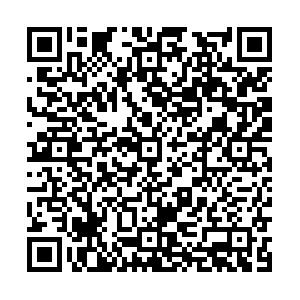Abstract:
Thermal-vacuum environment adaptability is one of the key performances of space optical instruments, especially for hyper-spectral instrument, and spatial heterodyne spectrometer (SHS) should provide high spectral stability for the detection of atmosphere CO
2. Based on the research of the spatial heterodyne interference principle, simulation test in thermal-vacuum environment and quantitative analyses are carried out. The relationship among environment changes and the divergence half-angle of collimating lens, Littrow wavelength of field widened interferometer, different defocusing amount and pantograph ratio of imaging lens are analyzed. In order to verify the theoretical analysis, thermal-vacuum experiment is performed. The results show that the spectral deviation and profile are matched with theoretical analysis, and spectral stability is less than ±0.01 nm under the temperature from 19 ℃ to 21.2 ℃ by the substrates made of fused Silica (Corning 7980 0F). Quantitative analyses provide theoretical basis for the thermal control requirement and Littrow wavelength selection in normal atmospheric pressure.
 Abstract: Thermal-vacuum environment adaptability is one of the key performances of space optical instruments, especially for hyper-spectral instrument, and spatial heterodyne spectrometer (SHS) should provide high spectral stability for the detection of atmosphere CO2. Based on the research of the spatial heterodyne interference principle, simulation test in thermal-vacuum environment and quantitative analyses are carried out. The relationship among environment changes and the divergence half-angle of collimating lens, Littrow wavelength of field widened interferometer, different defocusing amount and pantograph ratio of imaging lens are analyzed. In order to verify the theoretical analysis, thermal-vacuum experiment is performed. The results show that the spectral deviation and profile are matched with theoretical analysis, and spectral stability is less than ±0.01 nm under the temperature from 19 ℃ to 21.2 ℃ by the substrates made of fused Silica (Corning 7980 0F). Quantitative analyses provide theoretical basis for the thermal control requirement and Littrow wavelength selection in normal atmospheric pressure.
Abstract: Thermal-vacuum environment adaptability is one of the key performances of space optical instruments, especially for hyper-spectral instrument, and spatial heterodyne spectrometer (SHS) should provide high spectral stability for the detection of atmosphere CO2. Based on the research of the spatial heterodyne interference principle, simulation test in thermal-vacuum environment and quantitative analyses are carried out. The relationship among environment changes and the divergence half-angle of collimating lens, Littrow wavelength of field widened interferometer, different defocusing amount and pantograph ratio of imaging lens are analyzed. In order to verify the theoretical analysis, thermal-vacuum experiment is performed. The results show that the spectral deviation and profile are matched with theoretical analysis, and spectral stability is less than ±0.01 nm under the temperature from 19 ℃ to 21.2 ℃ by the substrates made of fused Silica (Corning 7980 0F). Quantitative analyses provide theoretical basis for the thermal control requirement and Littrow wavelength selection in normal atmospheric pressure.

 E-mail Alert
E-mail Alert RSS
RSS


